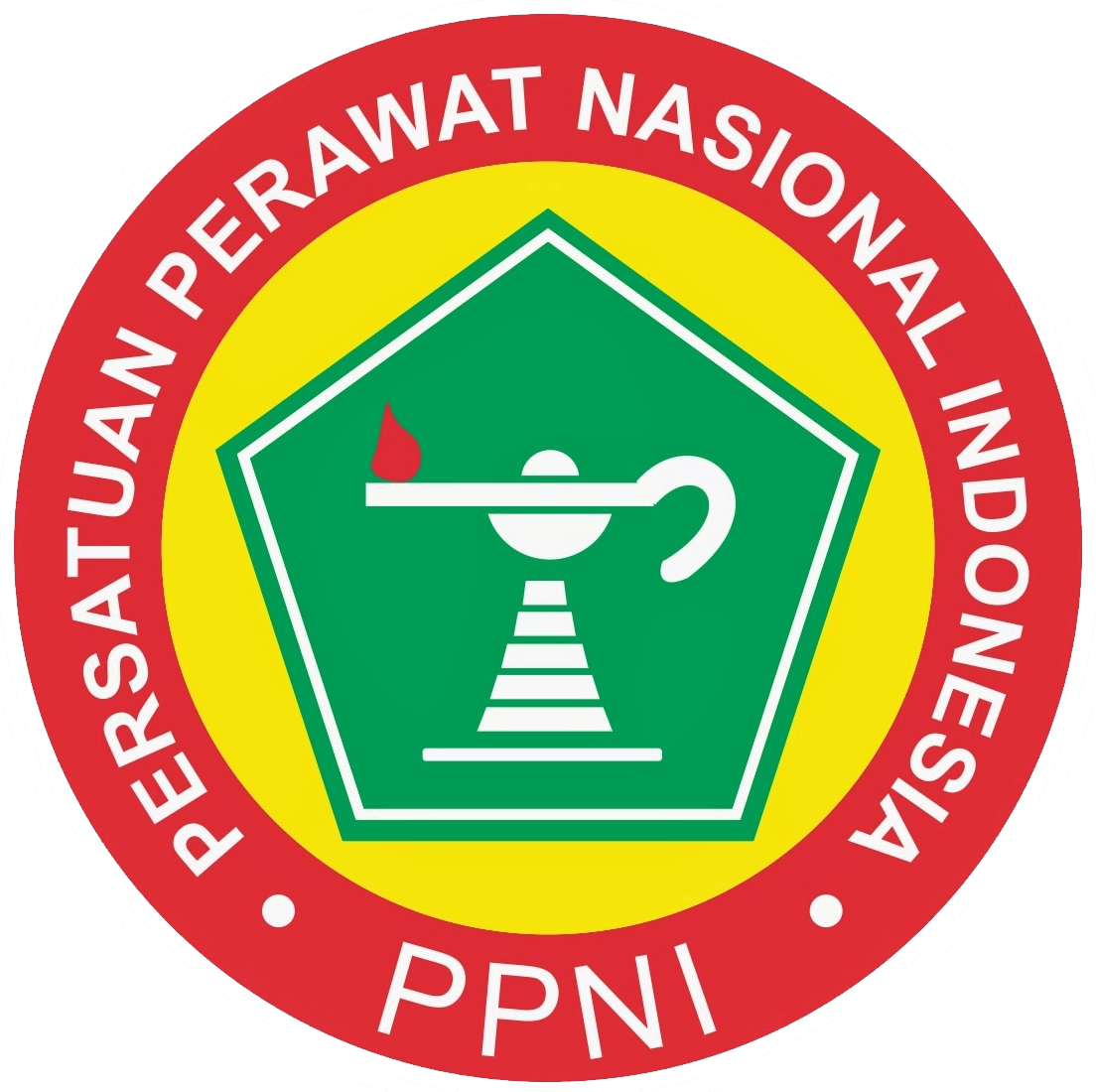Kondisi Sanitasi pada Alas Sholat (Karpet) di Masjid
Abstract
This interaction become potential to public health problems (contagious disesase, sanitation, etc) it’s more worrying when another researcher find that public clothes for prayer (mukena) has increase on germ number when the frequency of use is rising. The study was conducted in 12 great mosques in Banyumas. Sanitation component of the mosque
as prayer mats, floor, water, ventilation, lighting, sewage, toilets, arrangement of goods, first aid facility and personnel of mosque became the object of sanitation assessment using the checklist. Sampling swab tools and dust mites carried on prayer mat is then performed in the
laboratory examination. There is only one mosque in the category of moderate sanitation condition. The highest temperature of 30oC and the lowest temperature 26°C with an average of 28°C while the highest humidity is 74% and lowest humidity 64% with an average of 70%.
The number of bacteria throughout the mosque prayer mat with the smallest number of bacteria is 103 colonies/cm2 and the largest is 1,483 colonies/cm2. While the positive results of the dust mites found in 8 of the mosque (72.7%). It is recommended that an assessment of sanitation mosque regularly (monthly).
as prayer mats, floor, water, ventilation, lighting, sewage, toilets, arrangement of goods, first aid facility and personnel of mosque became the object of sanitation assessment using the checklist. Sampling swab tools and dust mites carried on prayer mat is then performed in the
laboratory examination. There is only one mosque in the category of moderate sanitation condition. The highest temperature of 30oC and the lowest temperature 26°C with an average of 28°C while the highest humidity is 74% and lowest humidity 64% with an average of 70%.
The number of bacteria throughout the mosque prayer mat with the smallest number of bacteria is 103 colonies/cm2 and the largest is 1,483 colonies/cm2. While the positive results of the dust mites found in 8 of the mosque (72.7%). It is recommended that an assessment of sanitation mosque regularly (monthly).
Keywords
mosque ; sanitation ; germ number (TPC) ; dust mites
Full Text:
PDFDOI: https://doi.org/10.31983/link.v11i3.412
Article Metrics
Abstract view : 1113
Download PDF : 1706
Refbacks
- There are currently no refbacks.
LINK (ISSN: 1829-5754 e-ISSN: 2461-1077), dipublikasikan oleh Pusat Penelitian dan Pengabdian kepada Masyarakat, Poltekkes Kemenkes Semarang, Jl. Tirto Agung, Pedalangan, Banyumanik, Semarang, Jawa Tengah 50268, Indonesia; Telp./Fax: (024)7460274
Public Services :
![]() E-mail: link@poltekkes-smg.ac.id
E-mail: link@poltekkes-smg.ac.id
 LINK is licensed under a Creative Commons Attribution-ShareAlike 4.0 International License
LINK is licensed under a Creative Commons Attribution-ShareAlike 4.0 International License















